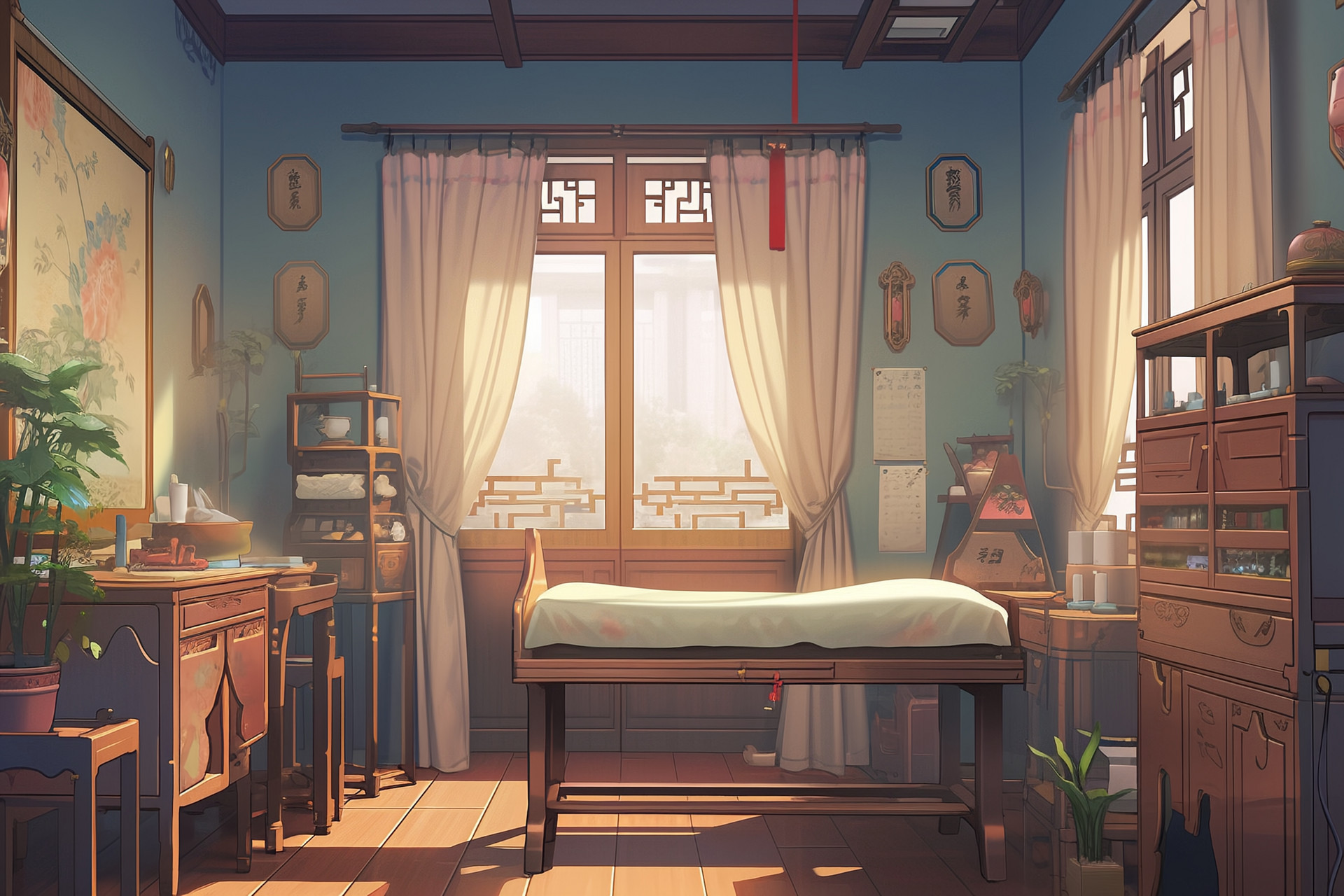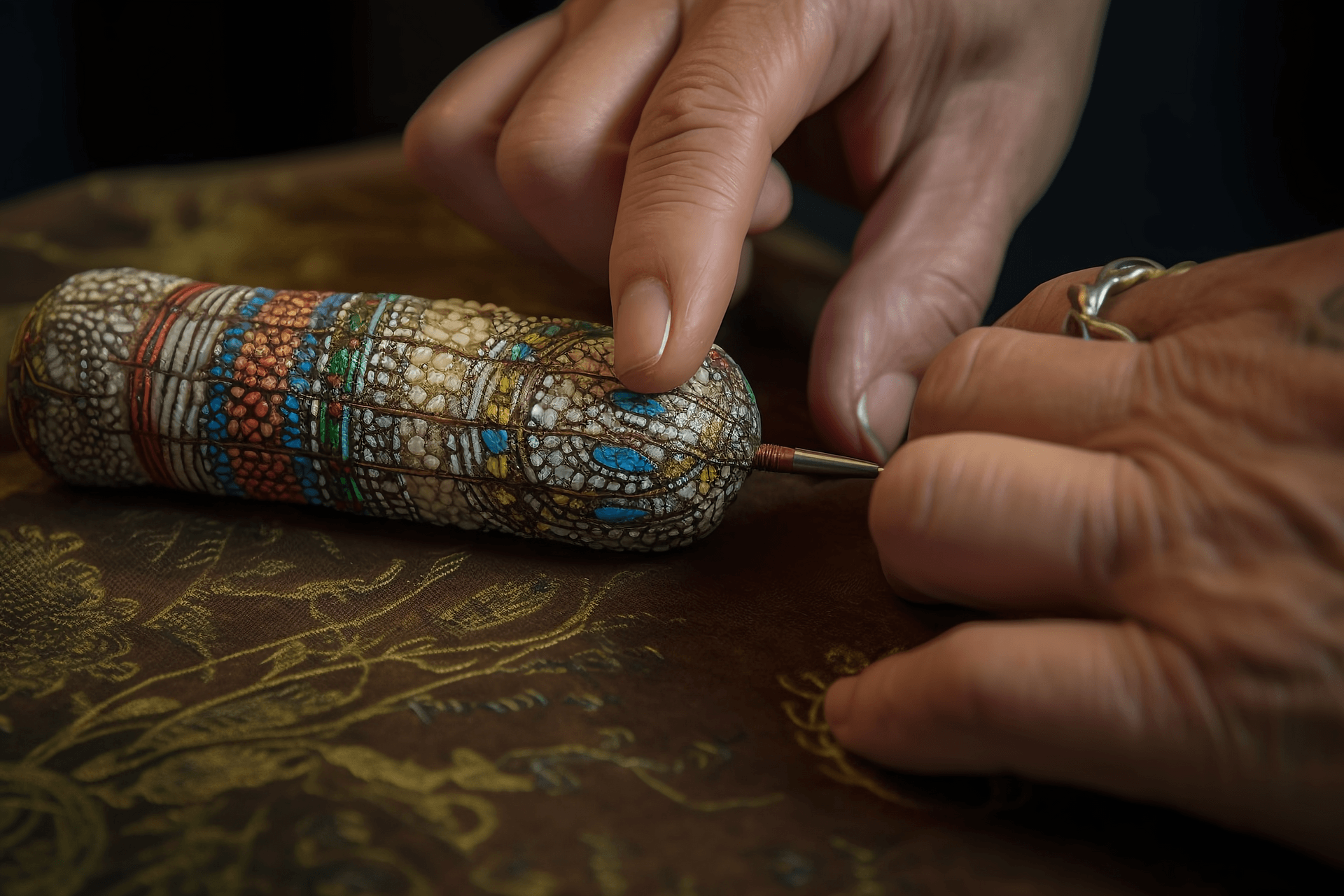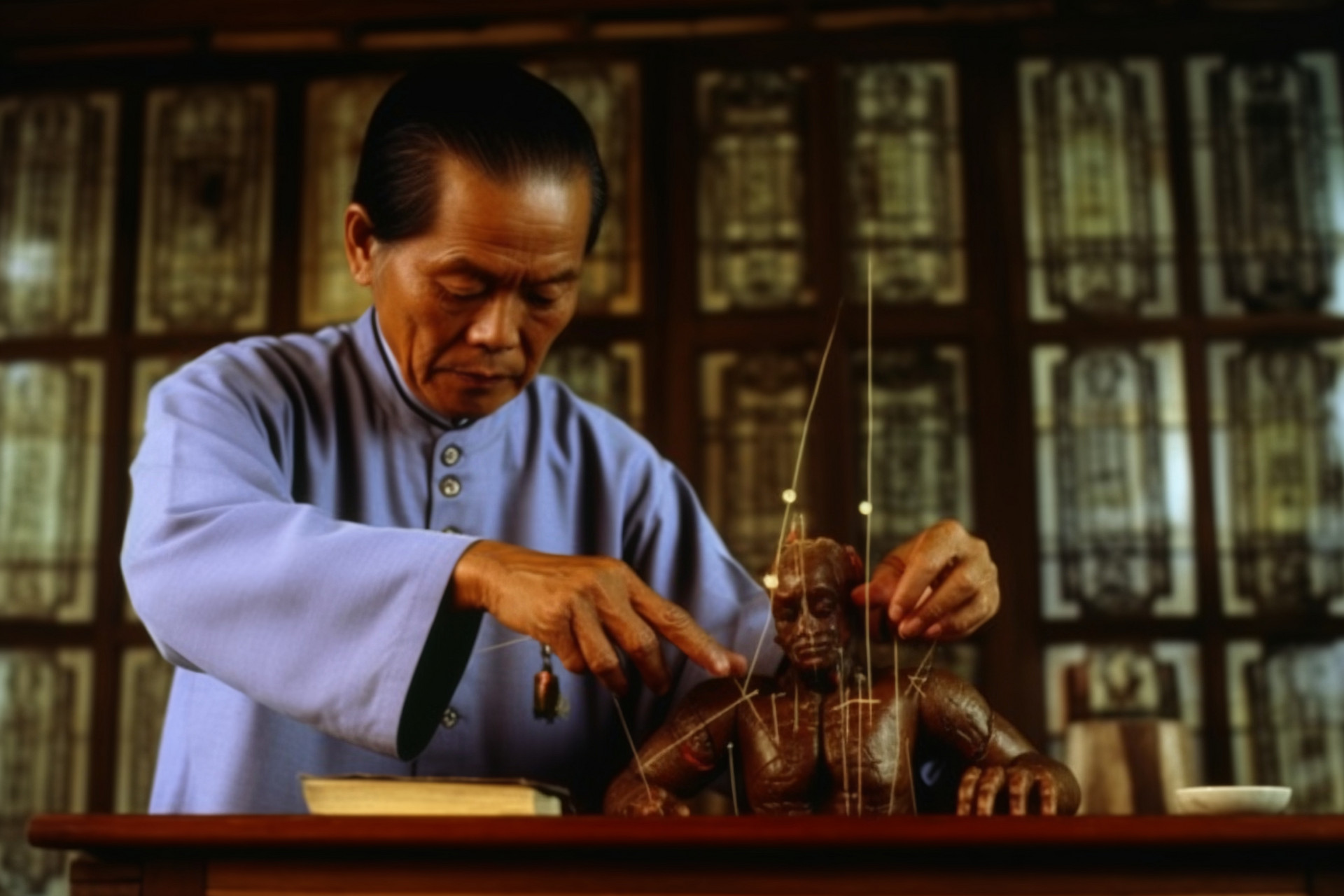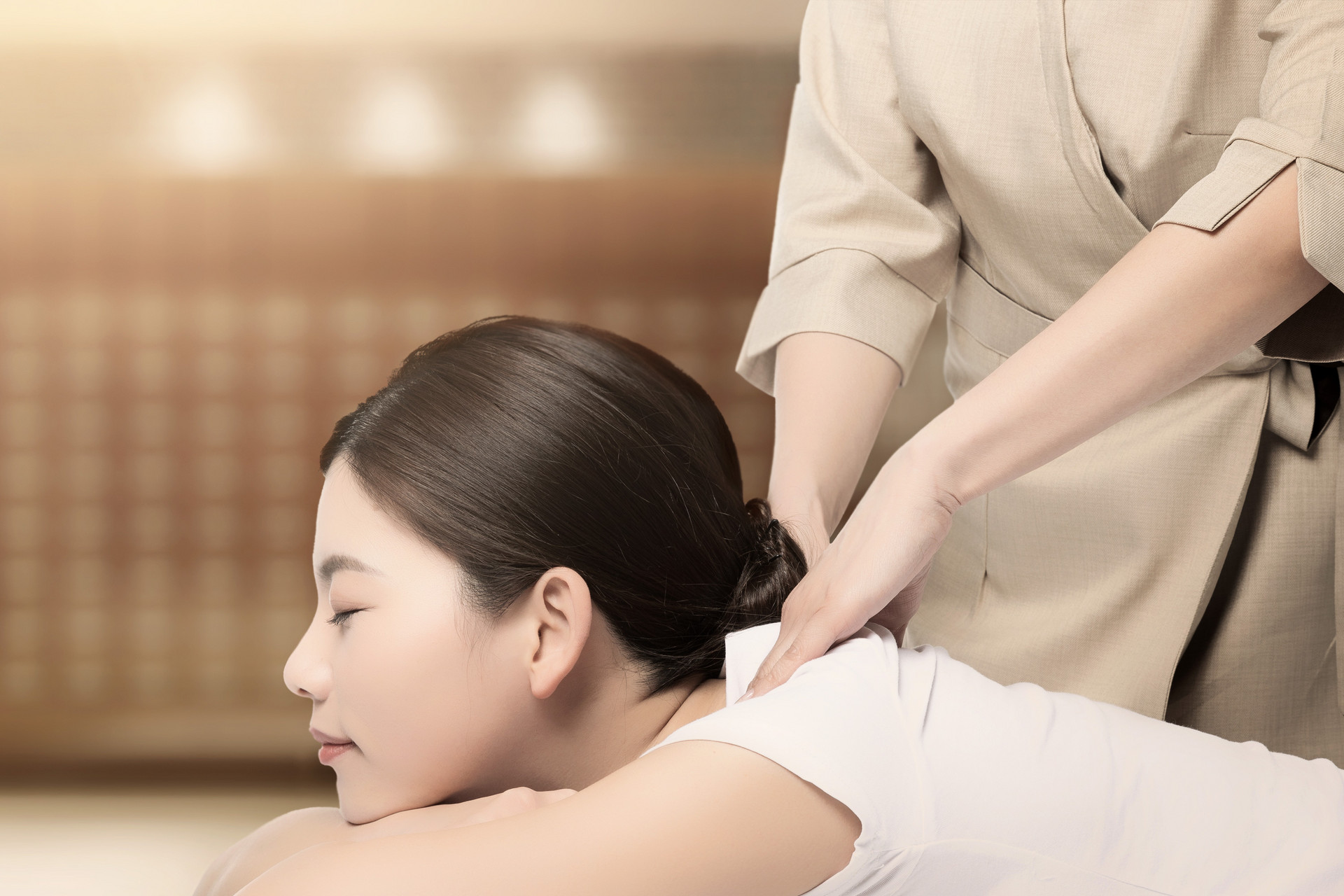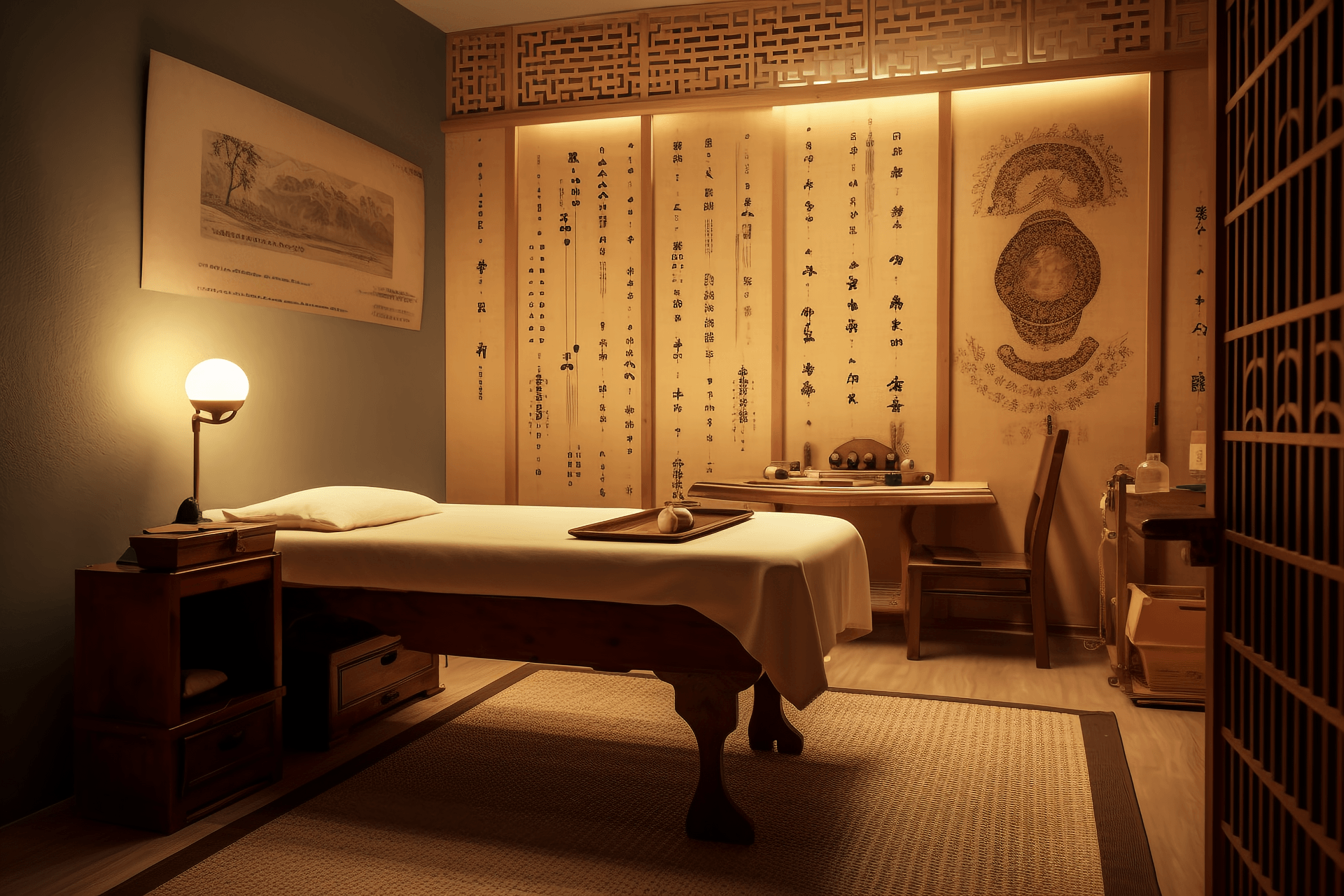Medicated thread moxibustion is a folk therapy practiced by the Zhuang ethnic group. It involves burning medicated threads made from ramie directly on specific acupuncture points or areas of the patient's body to treat diseases.
[Method]
1. Materials for medicated thread moxibustion:
The materials for medicated thread moxibustion are medicated threads, which are made by rubbing ramie and soaking them in a solution of precious medicinal herbs. Each medicated thread is 30cm long, and 10 threads are bundled together. There are three sizes available: Size 1, with a diameter of 1mm, suitable for thick skin and treatment of skin diseases such as psoriasis, especially in winter; Size 2, with a diameter of 0.7mm, the most commonly used size for various diseases; Size 3, with a diameter of 0.25mm, suitable for thin skin and pediatric moxibustion. The medicated threads should be stored in a tightly sealed bottle in a dark and dry place, away from high temperatures or fireplaces, and should not be exposed to sunlight or strong light. They should also be protected from moisture and mold to maintain their effectiveness.
2. Common acupuncture points for medicated thread moxibustion:
In addition to the traditional acupuncture points used in traditional Chinese medicine, there are also some special acupuncture points for medicated thread moxibustion, which are briefly described below:
1. Mei Hua Xue (Plum Blossom Point): A group of acupuncture points is selected around and in the center of local tumors based on their shape and size, resembling a plum blossom. It is suitable for the treatment of surgical and visceral tumor-related diseases.
2. Kui Hua Xue (Sunflower Point): A group of acupuncture points is selected around and at the site of local skin lesions based on their shape and size, resembling a sunflower. It is suitable for the treatment of stubborn skin diseases such as psoriasis and dermatitis.
3. Lian Hua Xue (Lotus Point): A group of acupuncture points is selected around and at the site of local skin lesions based on their shape and size, resembling a lotus flower. It is suitable for the treatment of common skin diseases such as psoriasis and dermatitis.
4. Jie Ding Xue (Lymph Node Point): When inflammation occurs near or around lymph nodes, causing local lymph node enlargement, the top of the enlarged lymph node is selected as the acupuncture point.
5. Zhi Ding Xue (Hemorrhoid Point): The top of external hemorrhoids is selected as the acupuncture point.
6. Chang Zi Xue (Eczema Point): For skin diseases, the first or largest rash is selected as the acupuncture point.
7. Qi Zhou Si Xue (Four Points Around the Navel): Taking Shen Que (the center of the navel) as the center, 1.5 cun away in each direction (up, down, left, and right), four points are selected in total. It is used in combination to treat gastrointestinal diseases.
8. Guan Chang Xue (Joint Point): The commonly used acupuncture points in various joints, such as the Xi Yan (Stomach 35) in the knee joint, are selected.
9. Xia Ying Xiang Xue (Lower Yingxiang Point): Located below the Yingxiang (LI 20) and Juque (Ren 14) acupuncture points for complementary treatment of gastrointestinal diseases.




